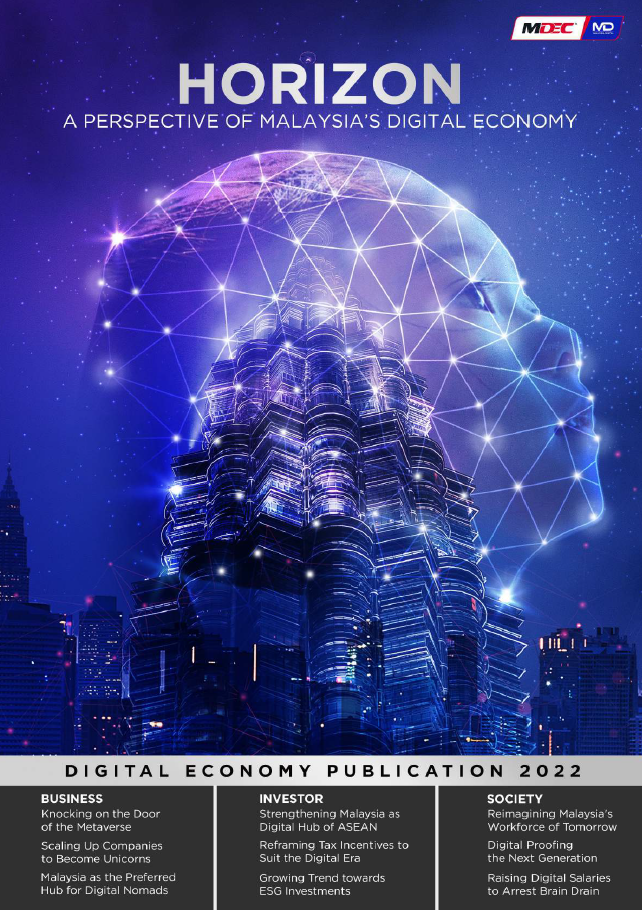
Chinese semiconductor producers are considering Malaysia as a chip production hub according to new reports by Reuters.
Sources with knowledge of the companies reported to Reuters that some Chinese companies are asking Malaysian companies to produce graphics processing units (GPUs) to evade further US sanctions against China.
How well do you really know your competitors?
Access the most comprehensive Company Profiles on the market, powered by GlobalData. Save hours of research. Gain competitive edge.

Thank you!
Your download email will arrive shortly
Not ready to buy yet? Download a free sample
We are confident about the unique quality of our Company Profiles. However, we want you to make the most beneficial decision for your business, so we offer a free sample that you can download by submitting the below form
By GlobalDataThe sources stated that some contracts between Chinese and Malaysian companies have already been agreed upon.
China is interested in producing its AI chips in countries like Malaysia since US trade regulations have made it difficult for China to export its technology. The US has also banned any American investment towards Chinese tech manufacturers.
As AI demand increases worldwide, Chinese companies will need to continue to diversify their production lines to keep up.
According to research analyst company GlobalData, the overall semiconductor industry is now over $600bn, and it’s grown at 8.3% compound annual growth rate between 2017 and 2022.
The chip industry is dominated by the Asia Pacific region, particularly Taiwan, South Korea, and Japan. The Asia-Pacific region accounts for $371bn of the global semiconductor market, whilst the Americas only account for $141bn.
However, GlobalData research found that R&D expenditure in Malaysia’s tech sector was lower than peer countries in 2021 which could restrict future innovation and manufacturing techniques.
According to GlobalData, R&D spending of Malaysia was recorded at 1.14% of GDP in 2021, which is less as compared to 1.2% in Thailand in the same year.
This does not appear to have affected Malaysian exports yet.
The share of high-technology exports, as a percentage of total manufacturing exports in Malaysia, increased from 48% in 2015 to 52% in 2021. The share of Malaysia is lower than its peer nations, which include Philippines (64%), and the Hong Kong (71%).








